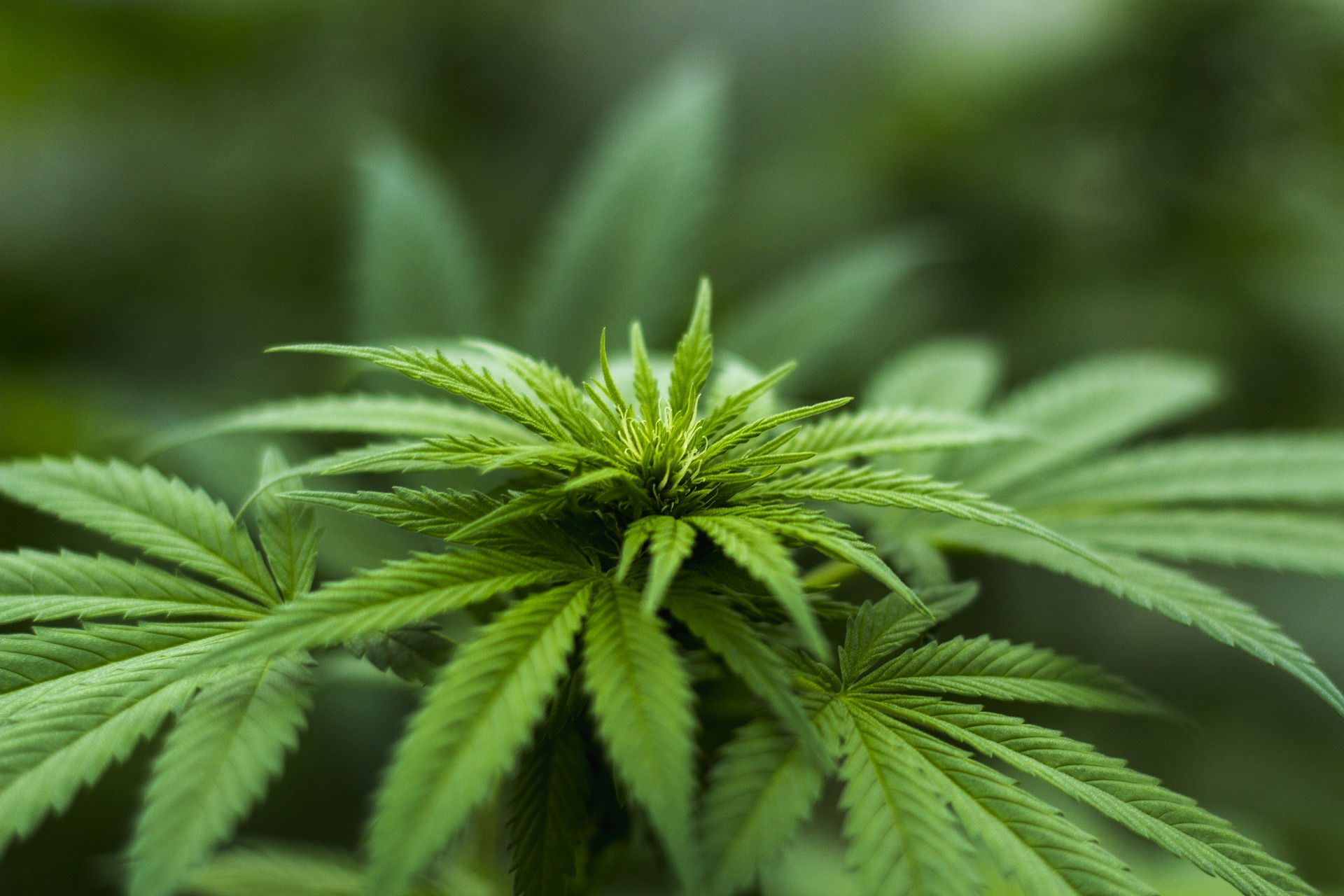
SpaceX has just sent a cargo ship to the International Space Station (ISS) containing everything from supplies and a floating robot to genetically engineered mice. But for its next shipment to the ISS via Dragon capsule, something even more unusual will be on board: A selection of cannabis plants.
The cannabis being sent into orbit is surprisingly not Elon Musk’s personal stash but is rather part of an experiment by agricultural technology company Front Range Biosciences. It’s not for getting the astronauts high as it’s hemp, which is a strain of cannabis with minimal psychoactive effects — instead, it has potential uses as food, as a building material, or even as a biofuel. The company works on the breeding and production of new varieties of hemp and coffee, and it wants to know how these plants respond to microgravity.
As bizarre as the experiment may sound, plants do respond strangely to the low levels of gravity found in space, and researchers still aren’t sure why. Learning how to grow crops in microgravity is important for long-term habitability of space, not to mention the profound psychological benefits of astronauts being able to enjoy fresh food or even, eventually, a freshly roasted cup of coffee.
“This is one of the first times anyone is researching the effects of microgravity and spaceflight on hemp and coffee cell cultures,” Dr. Jonathan Vaught, Co-Founder and CEO of Front Range Biosciences, said in a statement. “There is science to support the theory that plants in space experience mutations. This is an opportunity to see whether those mutations hold up once brought back to earth and if there are new commercial applications.”
To send the plants into orbit, a special incubator will house up to 480 plant cell cultures and keep their temperature stable on their journey to the ISS. When the cultures arrive, they will spend 30 days in microgravity, having their environmental conditions monitored remotely. Then the cells will be sent back to Earth so the researchers can see how their DNA has been affected by fluctuating gravity levels and cosmic radiation.
The plant cells will be starting their extraterrestrial journey on the SpaceX CRS-20 cargo flight which is scheduled to visit the ISS next year in March 2020.
Editors' Recommendations
- Watch SpaceX fire Starship’s Raptor engines ahead of 4th test flight
- NASA’s IXPE mission gets an X-ray view of the famous Crab Nebula
- FAA review of SpaceX Starship launch delayed by another month
- Watch SpaceX’s Crew-4 astronauts arrive at new home in space
- SpaceX Crew-4 astronauts are on their way to the space station




